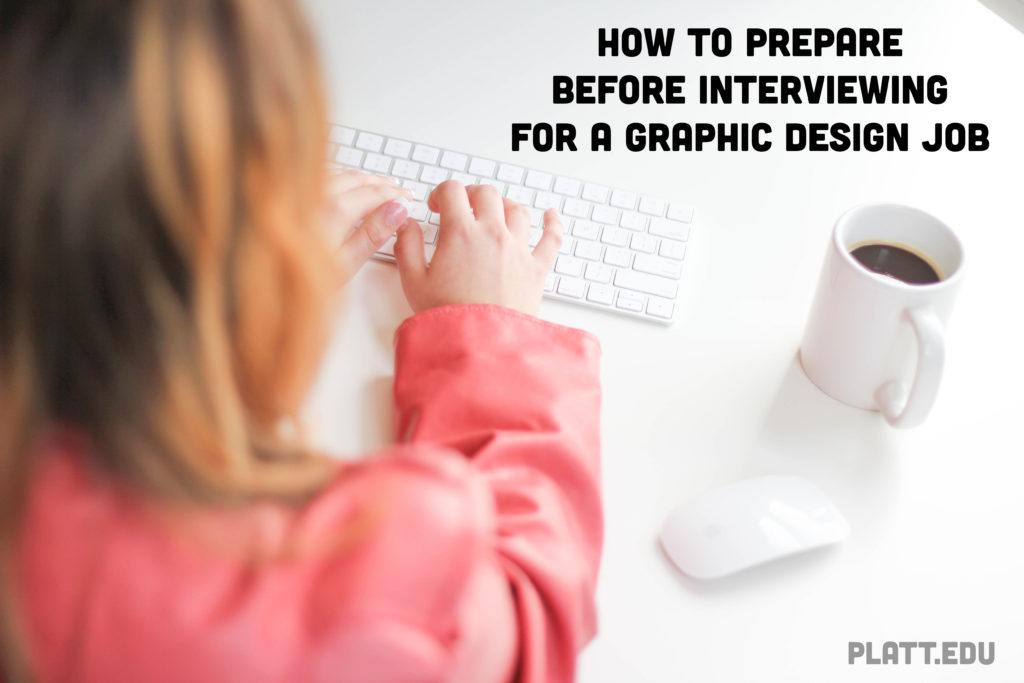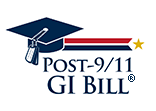
If you’re getting ready to apply for your first graphic design job, or just hoping to move on to an even better one, we know how you’re feeling. It’s a stressful process, but if you can be prepared in the right ways, it’s a lot easier and you’ve got an edge against the competition. Here are the most important ways to prepare at each step of the process as you work to land a graphic design job.
Things to do before the interview
Get involved and stay current
Identify creative studios that you find interesting and innovative, and follow their blogs and social presence. Make insightful comments to introduce yourself. When opportunities arise, it’s always better to be known for value-adding qualities.
Stay current in the larger graphic design industry and in your niche interest areas. Learn new skills and follow news and developments in the industry. There’s no better feeling than arriving at an interview able to talk authoritatively about a brand new technology or technique.
Research before interviews
This may seem like a no-brainer, but people forget this frequently. Even if you are too busy, make the time and get it done. Your interviewer is asking you questions about their agency intentionally, so make sure you have enough information to answer them, and to pose questions of your own.
Prepare your resume for every interview
Include a mission statement that really sells you and captures who you are. List your employment history with the most recent job first. Shape your resume for each interview so it plays to your greatest strengths for that particular employer. Most people working in design have tons of skills and abilities, so shape your resume for the task at hand.
Things to skip: a photo, and platitudes that don’t add anything, such as saying you’re a team player. (Everyone says that.) Instead, stick to actual skills and training. Finally, do not use a novelty resume such as a poster, puzzle, inflatable, or some other gimmick. It may stand out, but almost never in the way you want it to.
Prepare your portfolio
This is probably your most important task, so don’t neglect it. You should have both an online and a print portfolio. The print version can be a simple brochure or mailer. The digital version should be a website or a professional portfolio site like Behance. Don’t just use your Facebook or other social media page; this looks lazy and unprofessional. Check your online portfolio carefully each time you need to present it. Check every link, refresh the code, and update anything that needs the attention.
Show only your very best work. Before every interview have an idea of your best three to five projects in mind so you instantly know what to show them if you run low on time. Anticipate what each potential employer wants to see, and make sure you’re showing it to them; tailoring your portfolio is a good idea because it shows that you are researching the job and the company, and that you’re a great fit. Focus on quality, not on drowning them with mediocre quantity.
The graphic design interview
It sounds scary, but for every design job out there, many good designers will probably be vying for it. This means you need to sell yourself as the very best choice by knowing everything you have to offer and presenting it in the best light.
Be on time
Find out where you’re going in advance and be early. Clear up any details about parking, driving, or anything else before your interview. Never arrive late or cancel without giving ample notice. Excuses about bad traffic and other day to day problems are irritating; everyone else is dealing with traffic and life in general, too, but you’re the one who is late—to your own job interview.
Do reconnaissance
Find out who will be doing your interview (or, if you’re sending in an unsolicited resume, find out who will be getting it). Ask how much time is scheduled for the interview so you know how to pace yourself going in.
Don’t be shy
No matter how embarrassing it seems to talk confidently about your work, never play it down. It is your job to feature your work at its greatest advantage, not downplay it out of modesty or nervousness.
Look the part
Please, don’t show up to a job interview in flip-flops and shorts. No matter how casual an agency is, unless you are specifically directed to dress like that, don’t do it. It’s not a sign of being more creative or more valuable. It’s a sign of being less interested in getting the job.
Make an impression
As you introduce yourself, hand your interviewer your résumé, even if you sent it to them in advance. Make a connection with your interviewer. Ask them what they do there, how they think about design, how long they’ve been there, etc. If you’re excited about the place, the interview, and design itself, they’ll know it.
Going through your portfolio
Every interviewer handles the portfolio differently, so be prepared to follow their lead unless they’re not going through it at all. Don’t just describe your work as you view it; they’re looking at it too. Instead, tell the story behind the work, share the brief, describe how you were able to meet the objective, highlight any challenges you faced, and share any unique details about the process.
It’s fine if you don’t cover every piece in your portfolio, and often you won’t. Be prepared for this by covering the pieces that are most important to this job first. Use your portfolio to sell the right skills in the right ways. First show your skills meet or exceed what they’re looking for, and only then launch into highlighting your other skills.
As you review your work and process, never make negative comments about your work. Don’t apologize for work that’s in your portfolio. If it really merits an apology, take it out. Finally, do not include exercises in your portfolio.
Be polite
Your mom was right: being polite during a job interview is a must. Don’t make negative comments about your clients, other companies, classmates, or professors; this lets your interviewer know you’d do the same thing to them. If you disagree with your interviewer about design process, standards, or other issues, that’s okay. Just do so politely. And do not use profanity during a job interview, no matter what.
Post interview
As soon as you get home, write a brief note to the interviewer. Thank them for taking the time to interview you and for letting you know more about the position and the company. Let them know you’re still interested and that you’re looking forward to hearing from them. Consider making this a handwritten note so it will stand out, but whatever format you use, send it right away.
Conclusion
No one looks forward to the stress of job interviews or competing for positions. If you prepare yourself and go in the right way, however, you can really provide yourself with an advantage in the process. Remember to prepare yourself and your portfolio beforehand, and conduct the interview itself in the right ways for the best results. Finally, remember to follow up. Good luck finding your dream graphic design job!





